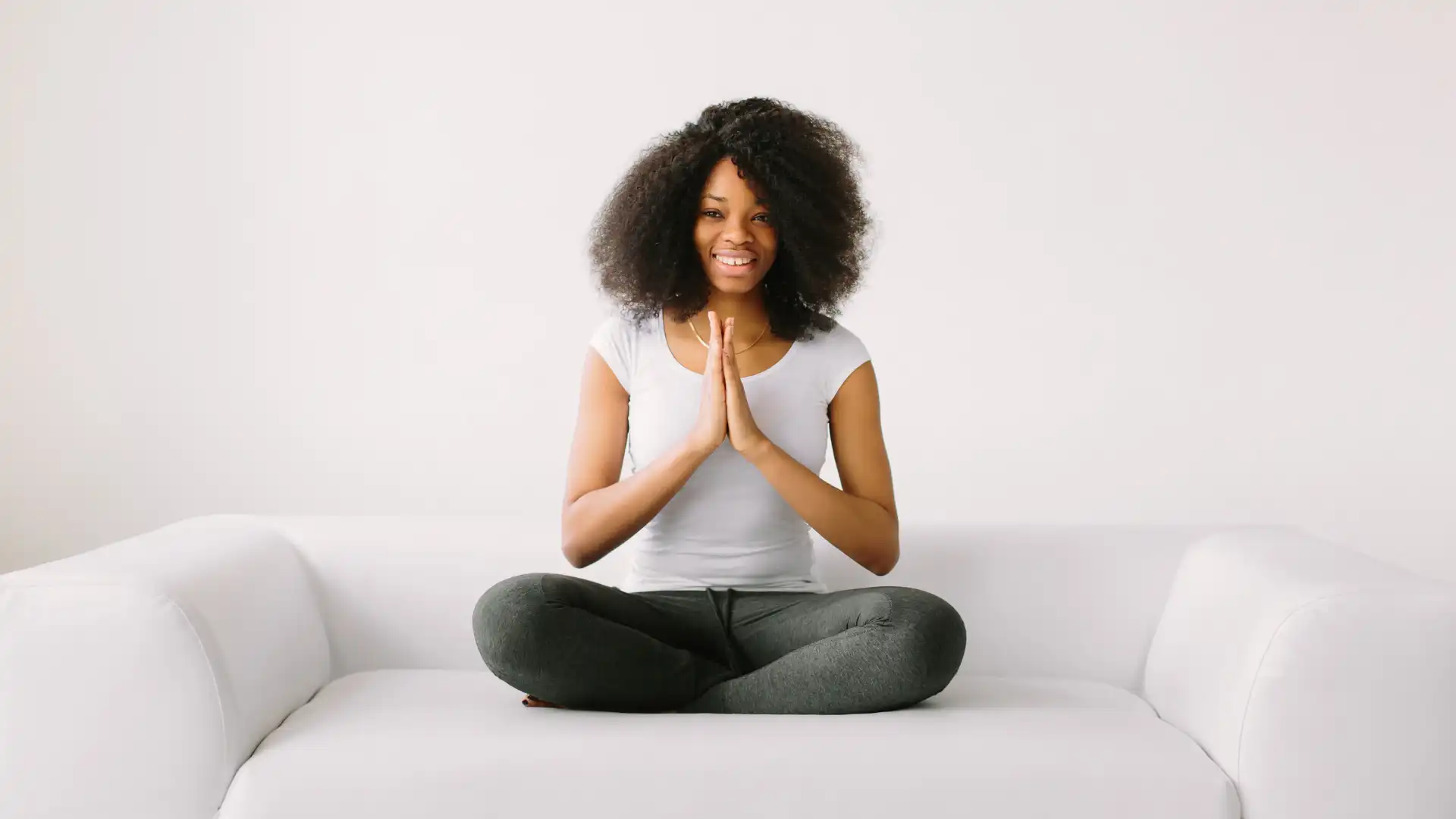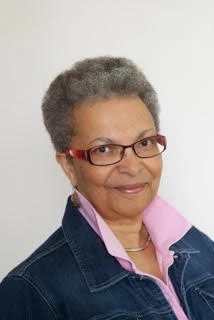Vijnanamaya Kosha: Yoga to Awaken Your Wisdom Body

According to yogic tradition, koshas are a layered model that maps five interrelated, mutually interdependent levels, bodies, sheaths or “treasures” that are common to all humans. They are:
-
Physical (Annamayakosha): our physical body.
-
Breath/Energy (Pranamayakosha): our physical breath and energy anatomy (prana and all of its forms (nadis, chakras, vayus etc.).
-
Psycho/Emotional (Manomayakosha): The everyday mind with its thoughts and emotions.
-
Witness (Vijnanamayakosha): The witness consciousness, which illuminates all aspects of ourselves for integration and acceptance.
-
Bliss Body (Anandamayakosha): According to yoga, this is the whole and complete natural state of all humans.
You can find a description of the kosha model in the Taittirya Upanishad, a Vedanta text that predates the Yoga Sutras by about 1,000 years. (The source I’m referencing is titled The Upanishads, a translation by Eknath Easwaran. The descriptions can be found on pages 252-253.)
If I had to pick one component of the kosha model to shine a spotlight on, it would be Vijnanamayakosha, The Witness. Yes, the other four are important. For example, you can’t live life as a human being without your body or your breath. You can live without your mind or your bliss but I would hardly call that living!
But The Witness is the lamp that illuminates all aspects of ourselves—personality and shadow, the good, the bad, the beautiful and the ugly—for understanding, acceptance, and integration. When we are able to witness our physical sensations, thoughts, emotions, and behaviors without judgment, we can cultivate and deepen our ability to recognize our patterns and consciously choose to make changes. The Witness is an integral, inseparable, indispensable part of our personal being, a true, deep part of each of us that points us toward optimal health and healing.
Waking the Witness in Daily Life
Waking and working with The Witness becomes especially important to anyone who has ever dealt with difficulty—and who hasn’t! This is important because no matter who we are, where we live, or what our current condition or situation is, our ability to witness what is happening in the moment enables us to respond appropriately to the ups and downs of our human experience in a wise and balanced manner. This is true whether it’s a situation with our physical body, our energy, or our mind and emotions.
Of course, that is easier said than done, which is why it requires practice. When I truly and seriously began to practice waking my Witness it was hit and miss, and understanding often came as a delayed reaction. For example, when my second marriage was going through some major bumps and rough patches, I was pretty miserable.
One incident, in particular, stands out. I was preparing to attend a yoga training. My husband was not happy about it and had done everything he could to persuade me not to go. I explained how important this trip was to me, keeping as calm and rational as I could to avoid escalating the drama. In spite of that, things between us were not good when I left.
Midway through the weeklong training, I woke up around three in the morning. Something visceral and weird was going on with my body. Waves of something were rolling from my hips to my head. Panicked, I thought I must be having some kind of seizure. Then something told me to just lie still and watch (The Witness?).
So I did. I watched waves roll up, one after another, until I finally recognized the waves as emotion. They were waves of anger and sadness coming from outwardly calm, no-drama, rational, and reasonable me. I was amazed. When it was over, I was puzzled but was able to go back to sleep.
The next day around lunchtime, I had an AHA! moment. I recognized the emotions as directly related to the day I left home to come to the training. I had done my typical no-drama response as a way of trying to keep the peace and had not recognized how I really felt until I witnessed my body talking to me during that early morning wake-up experience.
But at 3:00 am, my mind was in no condition to translate the body talk. The Witness woke but it took me several more hours to understand what happened. It was a delayed reaction.
That was years ago. Not surprisingly, I am no longer married, but after years of practice, The Witness now works pretty much 24/7. I still display—most of the time—my outwardly calm, no-drama, rational and reasonable self, but I don’t stuff my emotions. I can experience and manage them in real time as they are occurring so my body doesn’t have to “talk” to me later through indigestion, headaches, and mysterious middle-of-the-night episodes.
The Witness is that aspect of ourselves that brings awareness to what we think, feel, believe, and do and also to the habits and patterns that inform why we think, feel, believe, and do what we do. The Witness is the agent of awareness, acceptance, integration, and change when and if we choose to make a change.
The mind uses language but the body speaks with sensation. If we know how to listen and interpret the messages we can do a better job of aging in a wise and balanced way. Waking and engaging The Witness is an important tool to create that conscious 360-degree self-awareness. Here are two of the practices I recommend for waking The Witness.
Yoga Practice # 1 to Wake The Witness
Practice 1: Waking The Witness: Awareness of and Sensations in the First Three Koshas
One of the best times of day to practice this is in the morning upon waking—hopefully naturally and not because the alarm went off! When you wake naturally, there is a delicious moment that occurs before your eyes open wide and your mind starts planning your day. Before you move or stretch, remain still and label everything you notice or sense at its most basic quality in one or two words. Here are some examples:
1. Body (Annamayakosha)
If/when you feel any body part in contact with the bed, label it in terms of the sensation you experience. For example, if you become aware of your head on the pillow, note what that contact feels like:
-
Soft
-
Hard
-
Scratchy
-
Smooth
-
Rough
If/when you feel sensation in your body, label it in terms of what it feels like:
-
Itchy
-
Painful
-
Stiff
-
Tingly
-
Open
2. Breath/Energy (Pranamayakosha)
Breath: If/when you become aware of your breathing, label it in terms of the sensation, what it feels like and where you feel it:
-
Chest rising or falling
-
Belly rising or falling
-
Inhaling
-
Exhaling
-
Deep or shallow
Energy: If/when you become aware of your energy level, label it in terms of what it feels like:
-
Tired
-
Balanced
-
Awake
-
Calm
-
Steady
-
Restless
3. Psycho-Emotional (Manomayakosha)
Thoughts: If/when you become aware of thoughts, label them in terms of their nature:
-
Helpful (or not helpful)
-
Judging
-
Planning
-
Remembering
-
Analyzing
Emotions: If/when you become aware of emotions, label them in terms of what they are:
-
Contentment
-
Sadness
-
Fear
-
Anxiety
-
Happiness
When you feel that the exercise is over, begin to stretch, move, and prepare for your day. If you have time, journal or draw any impressions or sensations that stood out for you.
Yoga Practice # 2: Finding Your Bliss
One way to access the Bliss Level (Anandamayakosha) is to ask yourself this question and think long and hard about the answer: What brings you the most joy in life? Remember, pleasure is fleeting but joy is long lasting.
If you would like more insights into the five layers or sheaths study with YogaUOnline and Kristine Kaoverii – The Five Layers of Health: Ancient Yogic Insights Into Health and Well-being.
Reprinted with permission from Yoga for Healthy Aging Blogspot
 BETH GIBBS MA, E-RYT 500, is a lifelong lover of movement and spent the first two and a half decades of her life dancing: tap, ballet, African and modern. She says she can dance to anything except heavy metal. She started her yoga practice in 1968, six months after her son was born and she’s been practicing ever since. She took her yoga teacher training with Joseph Le Page’s Integrative Yoga Therapy School in 1995 and currently teaches therapeutic yoga classes to children and adults with a specialty in classes for seniors in the Hartford, Connecticut area. Beth is a senior member of the IYT teaching faculty and directs the school’s Professional Yoga Therapist Internship Program. Her master’s degree from Lesley University in Cambridge, MA is in Yoga Therapy and Mind/Body Health. After 48 years of full-time work in management and program planning, in broadcasting and a variety of not-for-profit organizations, she is delighted to be “free-tired,” and pursuing her passions for yoga and writing. She is the author of “Ogi Bogi, The Elephant Yogi,” a therapeutic yoga book for children with a companion manual for adults who work with children and has produced an introduction to yoga nidra CD titled, “Release, Relax and Let Go.” She still dances in her spare time For more information on her work see, www.proyogatherapeutics.com.
BETH GIBBS MA, E-RYT 500, is a lifelong lover of movement and spent the first two and a half decades of her life dancing: tap, ballet, African and modern. She says she can dance to anything except heavy metal. She started her yoga practice in 1968, six months after her son was born and she’s been practicing ever since. She took her yoga teacher training with Joseph Le Page’s Integrative Yoga Therapy School in 1995 and currently teaches therapeutic yoga classes to children and adults with a specialty in classes for seniors in the Hartford, Connecticut area. Beth is a senior member of the IYT teaching faculty and directs the school’s Professional Yoga Therapist Internship Program. Her master’s degree from Lesley University in Cambridge, MA is in Yoga Therapy and Mind/Body Health. After 48 years of full-time work in management and program planning, in broadcasting and a variety of not-for-profit organizations, she is delighted to be “free-tired,” and pursuing her passions for yoga and writing. She is the author of “Ogi Bogi, The Elephant Yogi,” a therapeutic yoga book for children with a companion manual for adults who work with children and has produced an introduction to yoga nidra CD titled, “Release, Relax and Let Go.” She still dances in her spare time For more information on her work see, www.proyogatherapeutics.com.



